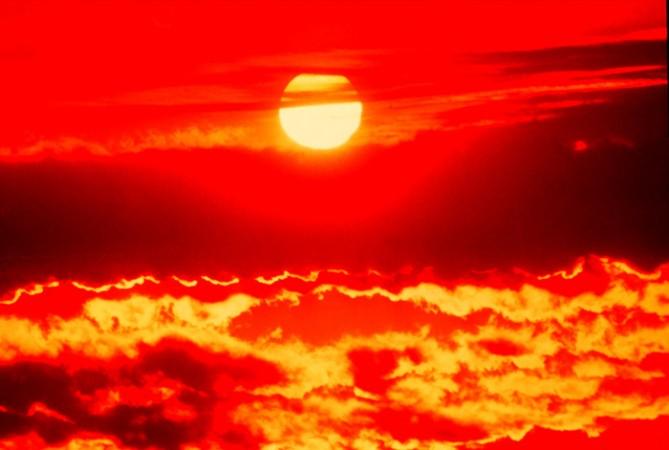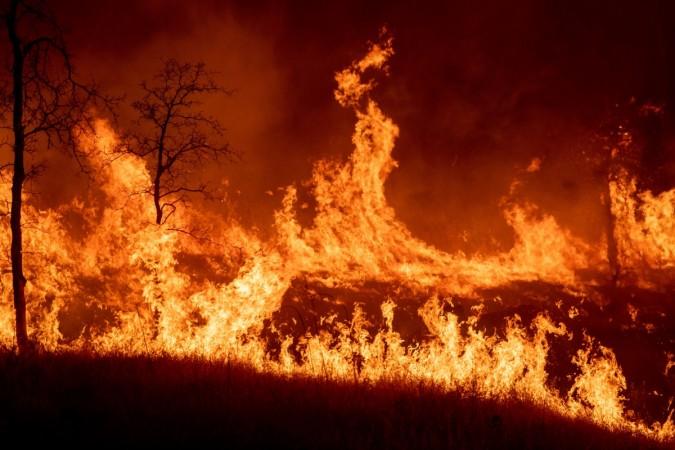
If global warming remains unchecked, it could lead to a climate scenario called the "hothouse Earth" where temperature rise goes completely erratic, resulting in sea level rise followed by extreme weather, which could make the survival of human life on Earth harder.
Climate scientists have identified a number of "tipping points" which if crossed, the planet could go into a spiral of weather patterns that will be irreversible, according to new research.
Researchers have found that there are certain natural systems already present on the planet that could be activated by excessive warming, this in turn acts as a trigger to exacerbate the already high temperatures, according to a news release put out by the team. This will leave the Earth's average temperatures at a level that is about 4 to 5 degrees C above the pre-industrial era. The Paris Climate Agreement is trying to limit this rise to less than 2 degrees in that same time, but climate scientists are saying that keeping to the pact might not be that easy.
This paper's authors, who published their work in the Proceedings of the National Academy of Sciences, call this scenario the "Hothouse Earth".

Acting like dominoes, each of these tipping point parts can turn the entire climate system into a complete mess, note the researchers. "Once one is pushed over, it pushes Earth towards another. It may be very difficult or impossible to stop the whole row of dominoes from tumbling over. Places on Earth will become uninhabitable if 'Hothouse Earth' becomes the reality," Johan Rockström, a co-author of the paper, said.
A Hothouse Earth would be far warmer than what the Earth has been for approximately 1.2 million years now. Sea levels, for example, could possibly rise between 33 and 200 feet more than they are now, depending on the region, say the researchers.
If that seems excessive, consider the fact that over the course of this planet's history, there have been a few glacial and interglacial periods that is known of. The glacial periods, the cold or ice age like periods shifted over the course of hundreds of years to warmer conditions only because average global temperatures increased and decreased by a few degrees, over a long time.
Having said that, over the last 200 years or so, human-induced global warming has rapidly sped up this process.Researchers have pointed out that if any of the tipping points were to get triggered, the Earth would, no matter what, be trapped in a rapid, high level warming.
Researchers say that the list of these potential tipping points would cause the thaw of permafrost- releasing trapped greenhouse gases, Amazon would die, removing one of the largest CO2 consumers, and the collapse of polar ice sheets.

Any one of these events would cause the cascading effect. For example, if the Greenland ice sheet were to collapse, it affects the oceanic conveyor belt. Along with sea level rise caused by the extra water dumped in the ocean, it would lead to the warming up of the southern ocean and cause excessive cold water to build up near the northern Europe region. With warmer waters now flowing south, the Antarctic ice sheets will also begin calving.
Authors of the paper do point out that the exact time and date of this trigger point is not known, but they also note that several such trigger points might have already been breached.
"The Earth System may already have passed one 'fork in the road' of potential pathways, a bifurcation taking the Earth System out of the next glaciation cycle," the authors wrote.

















